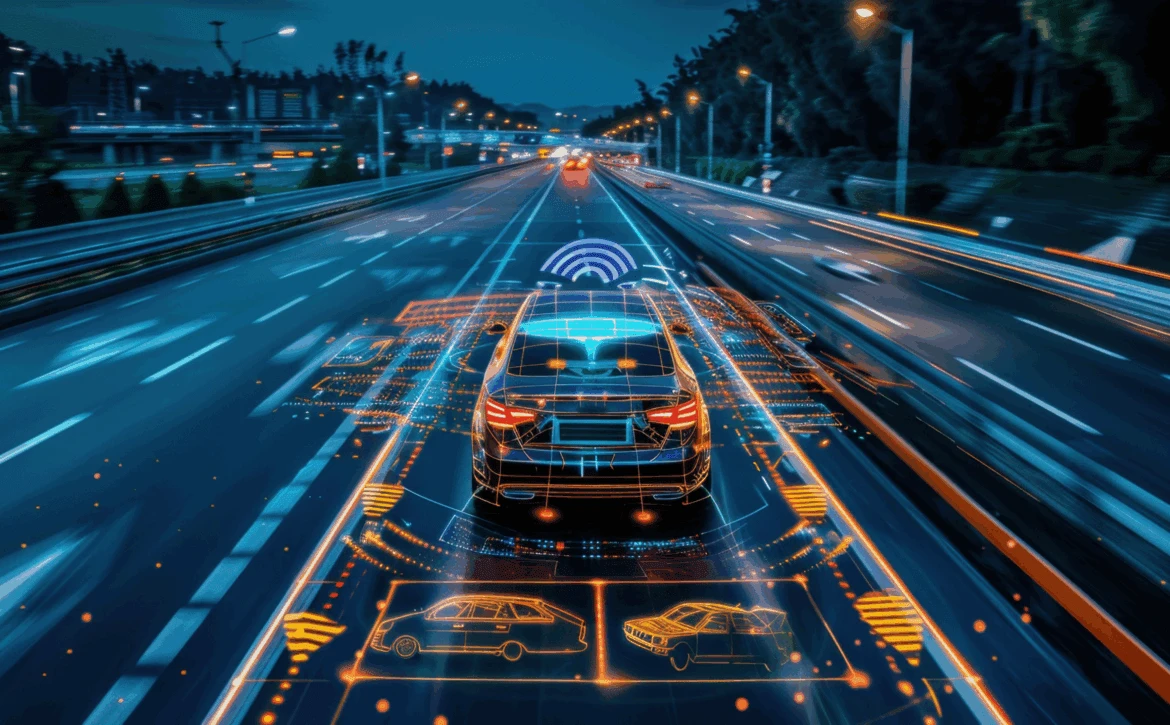
Why ISO 8800 Needs ISO/SAE 21434
This article offers an in-depth look at topics related to Cybersecurity and Responsible AI.
For expert-level training—including certification-based programs—on these topics and more, explore our Automotive trainings and ADS & Responsible AI trainings. To learn how we support product development, compliance, and organizational safety goals with consulting support, visit our Cybersecurity and Responsible Artificial Intelligence pages—or contact us directly.
Why ISO 8800 Isn't Enough on Its Own
Modern vehicles are increasingly incorporating AI systems into safety-critical functions such as perception, decision-making, and control, which raises both safety and security concerns. While ISO/PAS 8800 addresses the safety of AI-enabled systems, it does not explicitly cover cybersecurity. However, because AI systems rely on external data and connected infrastructure, cybersecurity becomes essential for achieving ISO 8800’s objectives. ISO/SAE 21434:2021 complements ISO 8800 by providing the cybersecurity framework needed to support the safe and secure deployment of AI-enabled vehicle systems.
Safety Alone Isn’t Enough
ISO 8800 extends the safety concepts from ISO 26262:2018 (functional safety) and ISO 21448:2022 (SOTIF) to investigate and address the unique risks introduced by AI at the AI model level of abstraction. It extends these concepts to manage hazards caused by machine learning behavior, such as unpredictable machine learning outputs, performance limitations, insufficient or biased data, etc.
However, ISO 8800 assumes that system inputs (both internal and external) can be trusted. In today’s connected vehicle environment, that assumption no longer holds without strong evidence both on the process and product fronts. AI systems can be misled or disrupted by adversarial inputs, spoofed sensor data, or compromised internal communications, none of which are addressed in ISO 8800. While the standard briefly acknowledges this limitation, ISO 8800 states in a note under Clause 9.5.6 that:
“The possibility of relevant foreseeable adversarial attacks… and their impact on the overall AI system can be considered. However, cybersecurity has not been considered in this document.”
In practice, this means any threat that originates from intentional attacks remains out of scope, leaving a critical gap in risk assurance.
In short, achieving AI safety in real-world situations requires more than what ISO 8800 offers. Cybersecurity is an inseparable part of safety as cybersecurity limitations can silently violate AI safety requirements without any functional malfunction or insufficiencies. As a result, cybersecurity frameworks such as ISO/SAE 21434 are essential to complement ISO 8800.
How ISO/SAE 21434 Complements ISO 8800
ISO 8800 relies on the assumption that the AI system operates in a trustworthy environment that its inputs, infrastructure, and interfaces have not been compromised or tampered with.
ISO/SAE 21434 complements ISO 8800 by helping ensure this trust. It introduces cybersecurity processes such as Threat Analysis and Risk Assessment (TARA) and defines cybersecurity controls to protect both internal and external communications. These processes safeguard the integrity of the data and interfaces AI systems depend on fulfilling the safety assumptions ISO 8800 makes.
Ultimately, ISO/SAE 21434 provides the security foundation that ISO 8800 assumes and depends on. By integrating both standards, organizations can ensure that AI-based systems are protected not only from AI model insufficiencies, but also from cyber threats.
Should ISO 8800 Go Further?
AI systems are becoming more deeply integrated into safety-critical vehicle systems, the line between safety and security continues to blur. ISO 8800 has taken a critical first step by extending functional safety and SOTIF principles to cover AI-specific risks. But as this blog has shown, the effectiveness of achieving the safety goals and AI safety requirements depends on cybersecurity protections that are currently out of ISO 8800’s scope.
This raises several important questions for the future of the second edition of the ISO 8800 standard:
- Will the second edition include tailored guidance for cybersecurity threats that specifically impact AI systems?
- Should ISO 8800 continue to rely on ISO/SAE 21434 for cybersecurity coverage and expect the cybersecurity standard to be extended to AI systems?
While ISO/SAE 21434 currently fills this gap, the growing complexity of AI-enabled systems may eventually require more integrated guidance. Cybersecurity is becoming a prerequisite for delivering safe AI behavior in connected vehicles.
The next step for ISO 8800 may not only be about refining its safety methods, but also about recognizing that in AI systems, safety and security are inseparable.
We explore these challenges in our AISP (Artificial Intelligence Safety Professional) training, where we help organizations develop an integrated development lifecycle, rather than treating AI safety and cybersecurity as siloed activities.
Have insights or questions? Leave a comment below—we welcome thoughtful discussion from our technical community.
Interested in learning more about our services? Find all upcoming trainings here and all consulting offerings here.



